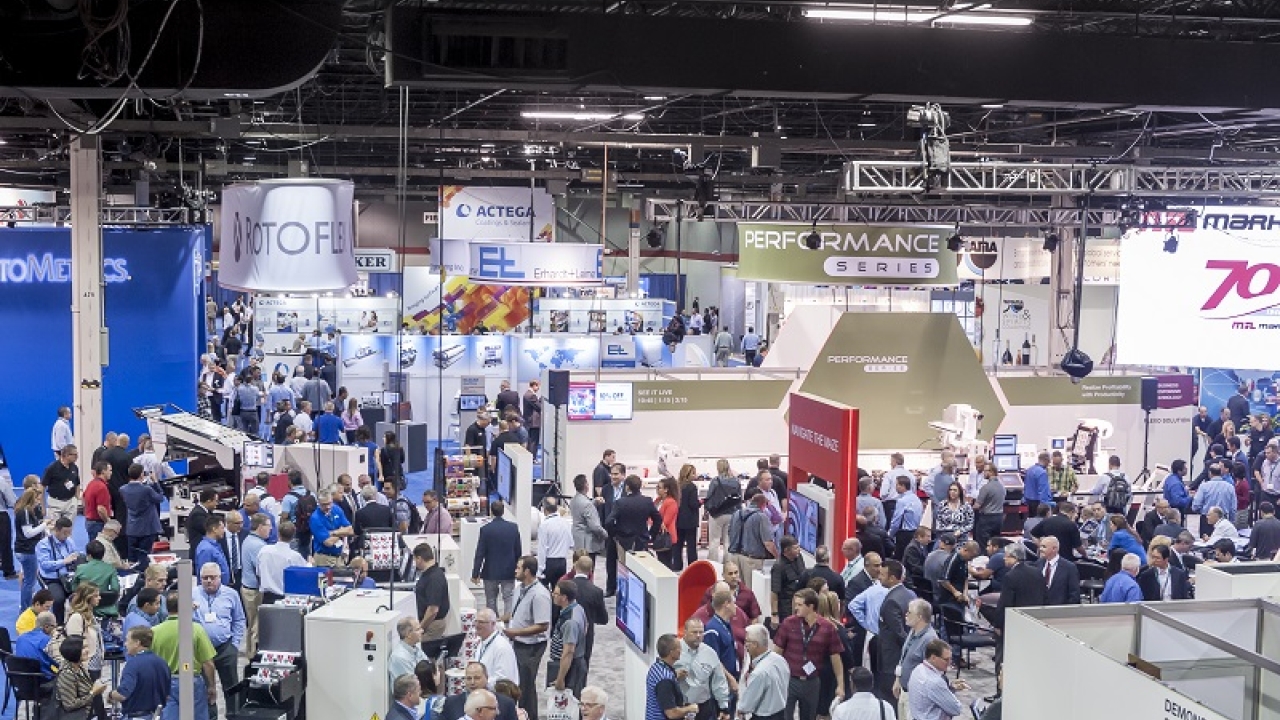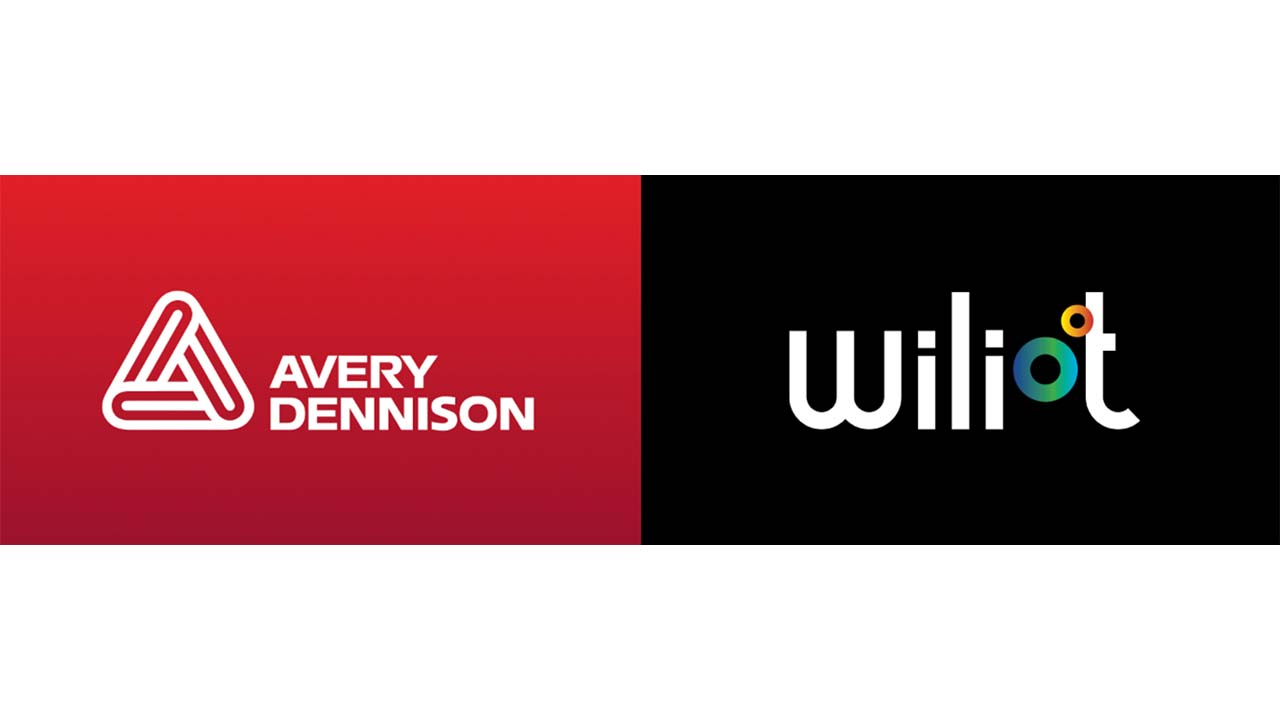An industry of change and evolution

It seems hard to believe that this year sees the 16th Labelexpo Americas being held at the Donald E. Stephens Convention Center, Chicago. This is some 29 years after the very first Labelexpo event held there, which at that time barely filled just one of the five exhibition halls now used to accommodate the many press and ancillary suppliers who promote and demonstrate their products to the North American market.
How the industry has changed since those early days. There were no digital presses on show in 1989. It would be another eight years before the industry would begin to experience digital printing. Even then, less than a handful of digital label presses had been installed worldwide. This year we can expect to see 50 or 60 such machines on the show floor, between them printing the widest range of substrates and label-related applications.
Conventional label presses have also undergone a major transformation during the intervening years, with servo drive technology revolutionizing the way that presses are built and multiple units seamlessly integrated. Hybrid conventional/digital presses will also be widely shown at Labelexpo Americas, with more and more interest being shown in the variable print possibilities offered on an otherwise conventional press line.
In-line and off-line finishing systems have also advanced significantly. Flexible cutting dies were a small part of the industry even 20 years ago. Now we not only have flexible and solid dies, but laser die-cutting systems that can be run in-line with inkjet presses. Automated slitting knife set-up further complements the quick job change opportunities offered by today’s sophisticated technology.
Automation
The whole area of automation will of course be a major feature at this year’s Labelexpo Americas, not just on exhibitor booths but in the dedicated Automation Area. Here, show visitors will be able to experience each day the most advanced printing, inspection and finishing lines – both conventional and digital – ever seen. In particular the first ever automated set-up link between printing and shrink sleeve forming, sealing and finishing, all coordinated and managed throughout by the very latest in computerized management information systems (MIS) and workflow automation. Management information systems, of course, didn’t really exist back in 1989. Even desktop computers were still in some of their early stages of evolution, with a memory capacity far less than any mobile phone today. Where computers were used in the label industry it was for documents, estimating and costing. No emails in those days. International communication was by fax machine. Whatever happened to those?
Pre-press, now ever-more automated, has also undergone a dramatic evolution and change over the past 29 years. The Esko software platform being demonstrated in Chicago, for example, is a comprehensive set of software solutions for design and pre-press, workflow automation, color management, and supply chain collaboration for the label, shrink sleeve and flexible packaging industry. With a focus on cost control and productivity optimization, the platform supports an end-to-end workflow with hyper realistic 3D viewing, also on mobile devices, web collaboration, PDF editing, content management, and quality assurance tools all providing a sophisticated user experience.
As for materials, the use of filmic labelstock was still in its infancy back in the late 1980s. Polypropylene and polyethylene were just starting to replace much of the use of PVC, at that time under increasing pressure for environmental reasons. Now filmic material make-up in excess of 25 to 30 percent of global usage, while waste control, sustainability, recyclability, life-cycle analysis and much more had yet to be thought of.
The speed of evolution and change in the world of labels seems to get faster and faster. In the 1980s life was relatively comfortable for label converters and it was possible to invest in a new press perhaps every one or two years out of profits. Today, profits have become ever-more squeezed, yet the converter now needs to invest in not only a new press, but also in the latest pre-press, new finishing with less profitability than they had back in 1989. It’s a challenge.
The very best label groups and companies still seem to achieve good returns, but many find it harder to survive without the levels of growth and profitability achieved almost 30 years ago. Yet there are still many possibilities and opportunities to be seen at Labelexpo Americas 2018. Make sure the dates are in the diary and have an open mind on what could be achieved by taking away the best ideas and solutions for the future.
The Mike Fairley Column is a regular feature in Labels & Labeling, and is archived here
Stay up to date
Subscribe to the free Label News newsletter and receive the latest content every week. We'll never share your email address.


